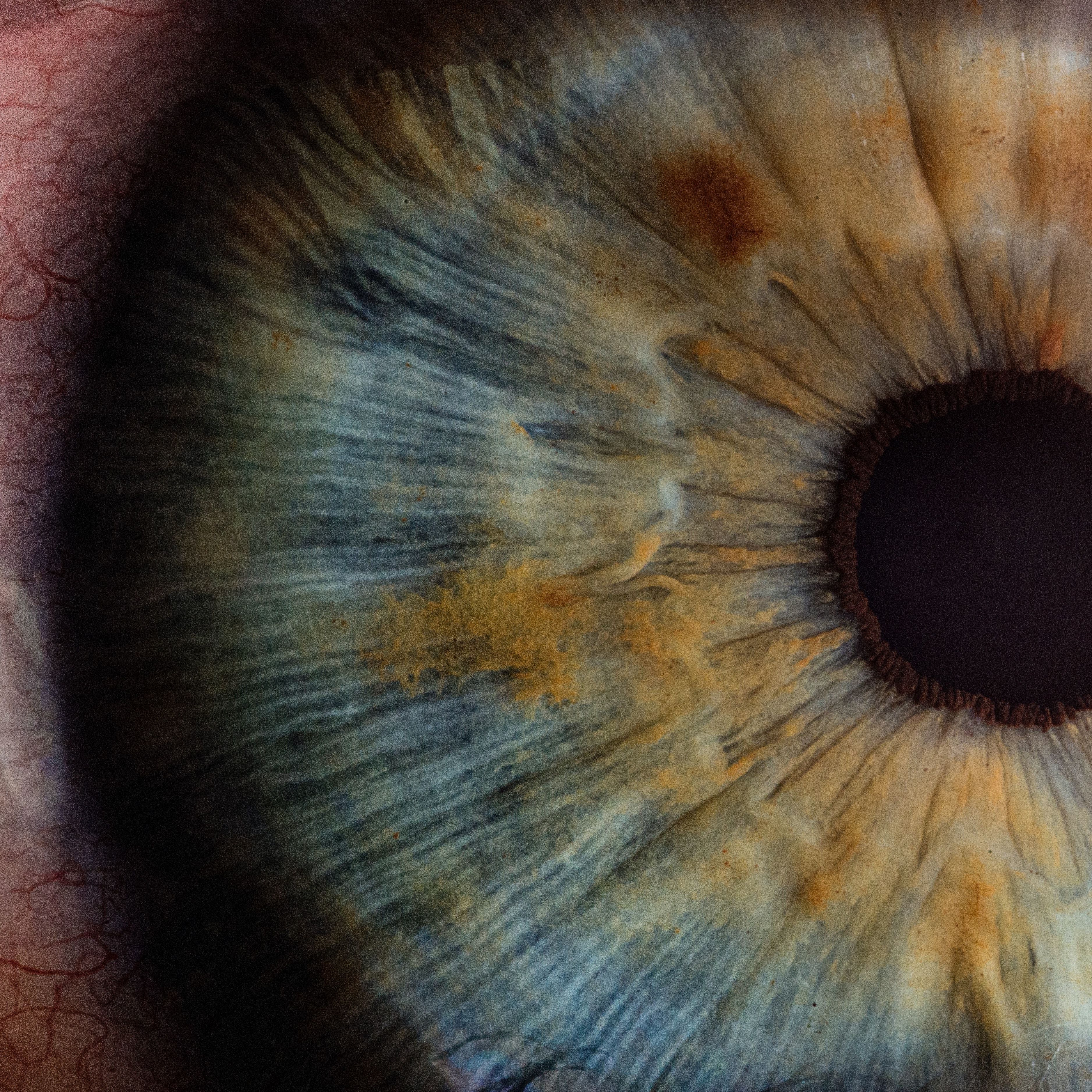Article
Identifying Potential Outcomes Helps Assess Benefit of Intravitreal Therapy for DME
Author(s):
Study data show 14% of eyes managed with intravitreal therapy in routine clinical care experienced ≥ 10 letter loss.

A recent study aimed to investigate the incidence, characteristics, and baseline predictors of poor visual outcomes in eyes with diabetic macular edema (DME) receiving intravitreal therapy.
The findings suggest 14% of eyes managed with intravitreal therapy in routine clinical care experienced 10 letter loss and 16% had visual acuity of 55 letters in the 2 years after starting the DME treatment.
“The identification of the incidence and predictors of poor outcomes provides a more accurate assessment of the potential benefit from intravitreal therapy,” wrote study author Janika Shah, MBBS, Singapore National Eye Centre.
The observational study included treatment-naive eyes starting intravitreal therapy for DME between 2014 - 2018 from the Fight Retinal Blindness! Registry. The investigators examined 2 different groups with poor visual outcomes: They consisted of:
- Patients with sustained vision loss of >10 letters from baseline without recovery of visual acuity (VA)
- Patients with a VA of <55 letters at 2 years
The controls consisted of eyes that did not experience poor visual outcomes. Investigators used Kaplan-Meier curves to analyze the proportion of eyes that experienced poor outcomes, while Cox proportional hazards models evaluated the potential for baseline factors to predict poor outcomes.
The main outcomes of the study were the proportion of eyes that experienced poor visual outcomes within the 2 years of treatment initiation and its baseline predictors.
Study data show the proportion of eyes with sustained VA of 10 letter loss was 14% at 2 years and 16% of eyes had VA of 55 letters 2 years after starting intravitreal therapy.
The initial treatment with intravitreal corticosteroid was independently associated with a higher incidence of 10 letter loss (hazard ratio [HR], 3.21; 95% confidence interval [CI], 1.60 - 6.44; P <.01).
Then, no improvement in visual acuity at 3 months after beginning treatment was associated with 10 letter loss (HR, 6.81; 95% CI, 4.11 - 11.27; P < 0.01) and visual acuity of 55 letters at 2 years (HR, 4.28; 95% CI, 2.66 - 6.89; P <.01).
Moreover, other factors related to higher risk of VA of 55 letters were older age (HR, 1.02 per year; 95% CI, 1 - 1.04; P = .04) and poor baseline VA (HR, 0.68 per 5 letters; 95% CI, 0.65 - 0.72; P <.001).
The study, “Characterization of Poor Visual Outcomes of Diabetic Macular Edema: The Fight Retinal Blindness! Project,” was published in Ophthalmology Retina.





